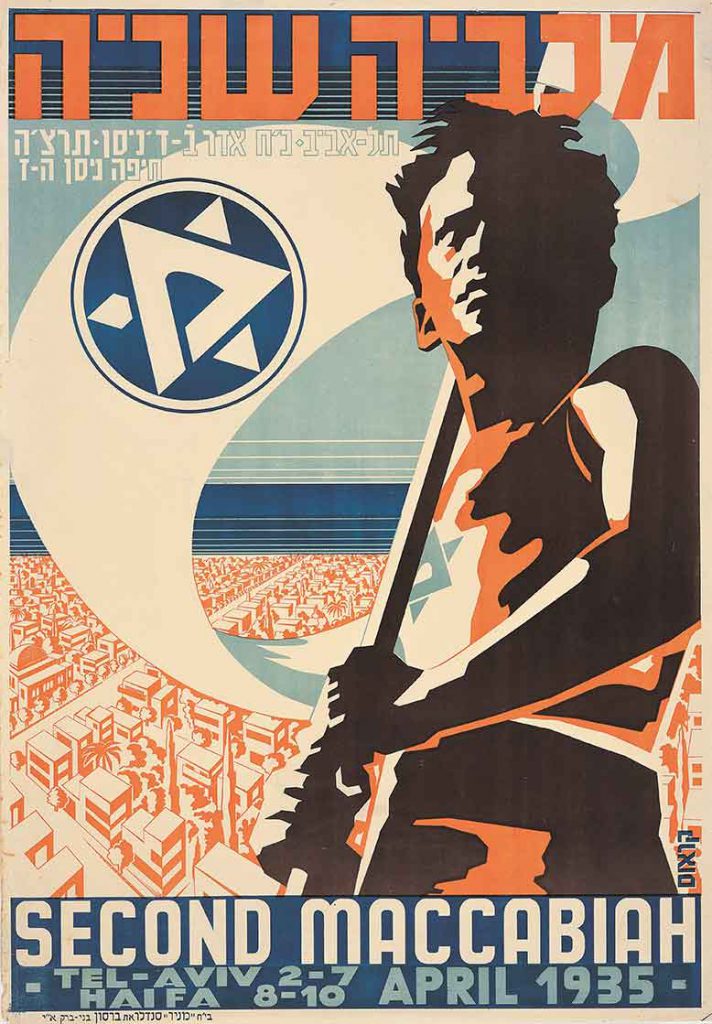
25 Oct Franz Kraus An Israeli Graphic Designer.
Biography
1910–23, Kraus grew up in Graz, Austria, and claimed that his favorite place was the art studio of brother Emil Kraus. (Emil went on to study at the Akademie der bildenden Künste in Vienna and at Alexander Archipenko’s own art school in Berlin, and became a prominent member of the Sezession Graz. Emil’s twin brother immigrated to the United States in 1939. Their other brother, Otto, died in one of the Nazi concentration camps in the 1940s, and Emil under unknown circumstances in Paris.) Franz’s first employment, arranged by his father, was as a window decorator of the bookstore of the Löwit-Verlag, a major publisher in Vienna. He had settled in Vienna in 1923 at age 18, where he resided for three years. As a Jew, his interest in Zionist issues began to develop and was encouraged by his reading the speeches of Chaim Weizmann and Ze’ev (Vladimir) Jabotinsky.
Kraus lived in Berlin 1926–33, where he eventually assumed the position of the sole graphic designer of the Friedrich Ernst Hübsch-Verlag (publisher). The job fulfilled his early desire to become an artist; he had envied brother Emil’s talent. As a night student, he studied in the Reimann Schule in Berlin, the city where he met his wife-to-be Anni. Due to the frightening public antisemitic incidences there, he and Anni decided to immigrate to Palestine. They spent a year, 1933–34, in Barcelona (arriving there from Paris) where Franz designed Hollywood-film posters. Anni was a photographer for a German journalist whose wife was Jewish, a circumstance which possibly supported the association. Because there was no rabbi or an active synagogue in Barcelona, they could not be married as Austrian citizens and were rather wed in a civil ceremony at the German embassy. Fortunately, through a generous uncle of Anni, they were able to buy visas to Palestine, sailing from Marseille to the port of Jaffa, arriving October 1934.
The Krauses settled in Tel Aviv. Through receptive manufacturers, Franz was able to acquire clients for advertising; he designed posters for companies such as Dubek cigarettes, for which he worked for 45 years. Another on-going client was Elite, a candy manufacturer (today owned by Straus). Prior to Kraus, who dealt with every aspect of graphic design, business people in pre-1948 Palestine and early Israel knew little about advertising methods. Even though Kraus employed photography later in his career, his most dynamic and colorful work was realized through his hand-painted artwork, frequently in gouache, sometimes calling on photographic studies shot by his wife. His best-known image, though not his aesthetic best, is the “Visit Palestine” poster of 1936. He was prolific but made very little money from frugal clients and, according to Kraus himself, was unable to work gratis.[citation needed] He was one of Israel’s most-accomplished graphic designers.
Exhibitions
One-person venue, Tel Aviv Museum of Art, Tel Aviv, Israel, 1981
“Franz Krausz—Pionier der Werbegrafik in Israel,” Neue Galerie Graz am Landesmuseum, Austria, 24 February–28 March 2005
“Franz Krausz—Blumen und Muschein Israels,” Jüdischen Kulturzentrums, Graz, Austria, 1–28 March 2005
“Die Neuen Hebräer—100 Jahre Kunst in Israel”, Martin-Gropius-Bau, Berlin, Germany, 20 May–5 September 2005
-
“Drink Fresh Orange Juice For Strength” Vintage Israeli Poster 1936 Franz Kraus RARE!
$5,800.00 Buy Now -
“Dubek Cigarettes” Franz Kraus leading cigarette brand in the 1940s and 1950s.
$1,200.00 Buy Now -
“Dubek Filter” leading cigarette brand in the 1940s and 1950s
$1,850.00 Buy Now -
“Dubek Filter” leading cigarette brand in the 1940s and 1950s.
$1,900.00 Buy Now -
“Dubek Filter” leading cigarette brand in the 1940s and 1950s.
-
“EL AL” Airline The First Vintage Poster Israel 1949 Franz Kraus Extremely Rare
$0.00 -
Daon Cigarette Poster One of the Rarest Posters Printed in 1939, Eretz Israel Designed By Franz Kraus
-
EL AL Airlines VINTAGE Poster first flights to four continents, Franz Krausz, ISRAEL 1951.
$5,800.00 Buy Now -
First ever Israeli EL AL Airlines commercial poster, 1948
$0.00 -
For Resilience Drink Citrus Juice Vintage Israeli Poster 1936 Franz Kraus RARE!
-
GAURD & SPORT ONE OF THE RAREST POSTER THAT PRINTED IN THE LATE 1930S IN ERETZ ISRAEL BY THE DOBEK COMPANY
$5,500.00 Buy Now -
Israel’s Independence War Extremely Rare Poster “All of the land is the front, All of our people are the army”, 1948
$8,000.00 Buy Now -
Israeli Poster “Special operation for a besieged nation” (Hebrew LaAm BeMatzor), 1947
$0.00 -
JNF Poster, “Nita Arazei Herzl”, designed by Franz Kraus, 1949
$0.00 -
Join the Yishuv activity for the soldiers” The National Committee for the Jewish Soldier 1940s Vintage Israeli Poster.
$5,600.00 Buy Now -
Menorah Soap by Shemen Company Extremely Rare Vintage Advertising Sign – Eretz Israel, 1936 , Design by Franz Kraus, Levant Fair, Tel Aviv
$1,550.00 Buy Now -
Menorah Soap By Shemen Company Vintage Poster Palestine Eretz Israel 1936
$6,800.00 Buy Now -
Rare Extra large “Sova Bread is your Daily Bread”, Vintage Israeli Poster by Franz Kraus, 1930’s
$9,000.00 Buy Now -
Rare Vintage Poster SHEMEN COMPANY “Meged” Cooking Oil 1936
$5,800.00 Buy Now -
Rare Vintage Poster SHEMEN COMPANY “Meged” For frying, cooking & baking. 1940s
$3,900.00 Buy Now -
Sova Bread, ‘Produce of the Land, Vintage Israeli Poster by Franz Kraus, 1930’s
$0.00 -
Strengthen the Youth” Rare Jewish Legion Youth Week Poster, Franz Kraus, WWII 1940
$4,800.00 Buy Now -
The day of the Jewish soldier in the British military during WW2, 1941- Vintage Israeli Poster.
$0.00 -
United for saving our people! Fund raising poster for Ha’apala (ascension) to Eretz Israel, 1947
$0.00 -
Vintage Election Poster Vote For “Wizo” women’s international zionist organization Israel 1949
$4,500.00 -
Vintage Israeli Poster – Kesem Washing Powder by Franz Kraus 1936
$6,000.00 Buy Now -
Vintage Israeli Poster – Kesem Washing Powder by Franz Kraus Palestine Eretz Israel 1930s
$5,500.00 Buy Now -
Vintage Israeli Poster “Dubek Filter” leading cigarette brand in the 1940s and 1950s.
$1,500.00 Buy Now -
Vintage Tin & Cardboard Signs, Vintage Israeli Posters, Advertising Posters, Vintage Israeliana Items
Vintage Israeli Tin Sign Advertisement For Elith Instate Coffee 1950s
$0.00 -
Vintage Tin & Cardboard Signs, Vintage Israeli Posters, Advertising Posters, Vintage Israeliana Items
Vintage Israeli Tin Sign Advertisement For Mexico Coffee Brand 1950s
$1,400.00 Buy Now -
Vintage JNF Poster Jewish National Fund Israel 1958 Franz Kraus
$3,200.00 Buy Now

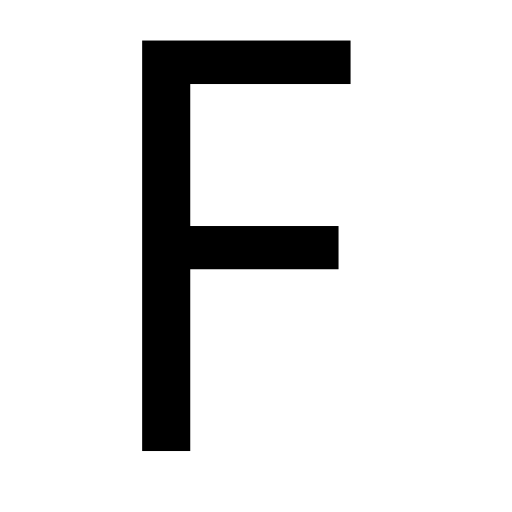
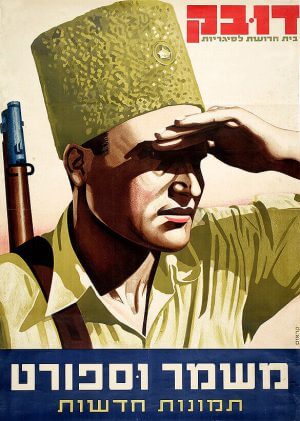 GAURD & SPORT ONE OF THE RAREST POSTER THAT PRINTED IN THE LATE 1930S IN ERETZ ISRAEL BY THE DOBEK COMPANY
GAURD & SPORT ONE OF THE RAREST POSTER THAT PRINTED IN THE LATE 1930S IN ERETZ ISRAEL BY THE DOBEK COMPANY
 Menorah Soap By Shemen Company Vintage Poster Palestine Eretz Israel 1936
Menorah Soap By Shemen Company Vintage Poster Palestine Eretz Israel 1936
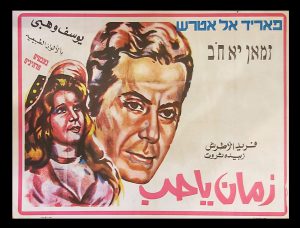 "Long Time, Love" Vintage Movie Poster - Israeli Version 1950s Arabic film
"Long Time, Love" Vintage Movie Poster - Israeli Version 1950s Arabic film
 Rare Extra large "Sova Bread is your Daily Bread", Vintage Israeli Poster by Franz Kraus, 1930's
Rare Extra large "Sova Bread is your Daily Bread", Vintage Israeli Poster by Franz Kraus, 1930's
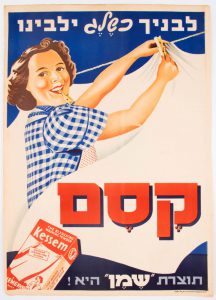
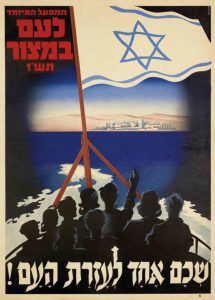

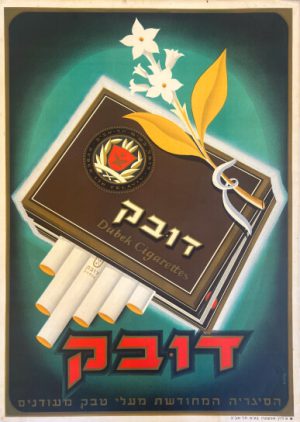

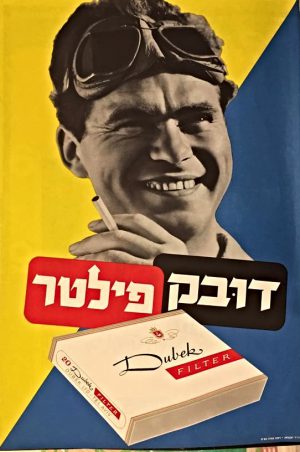

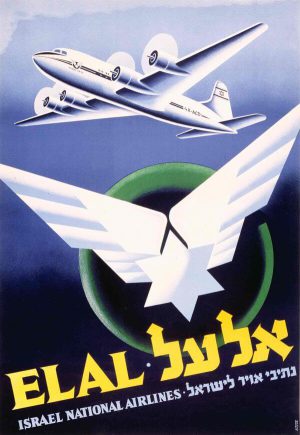
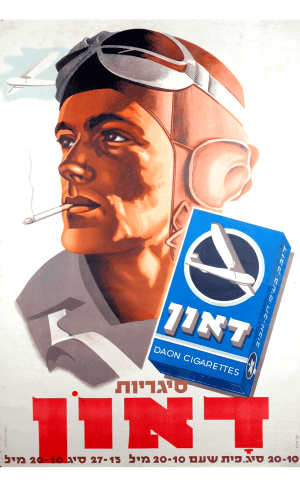
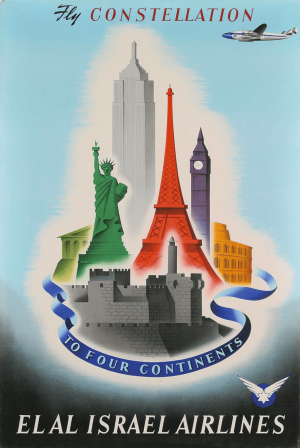
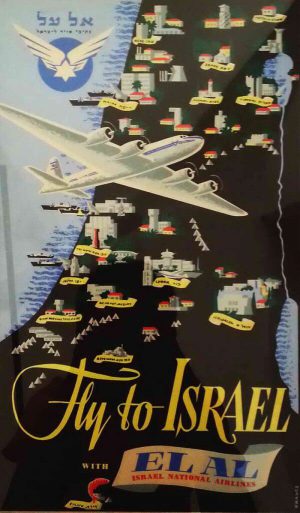
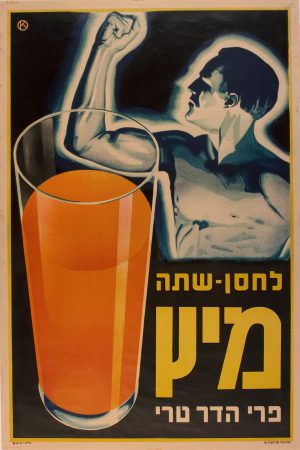
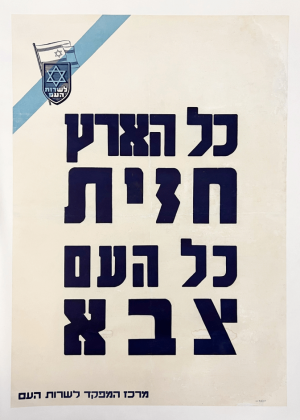

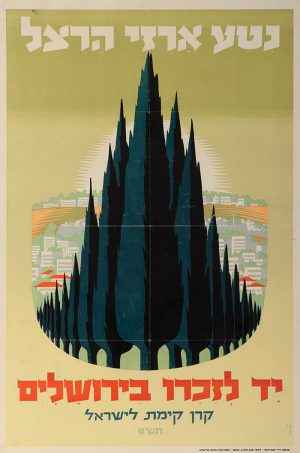


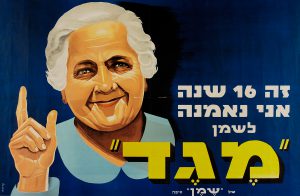
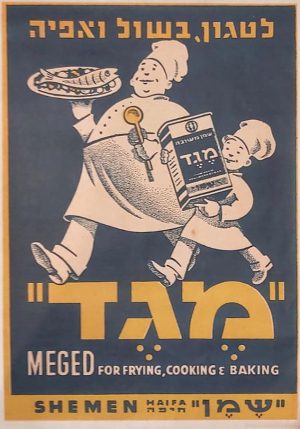
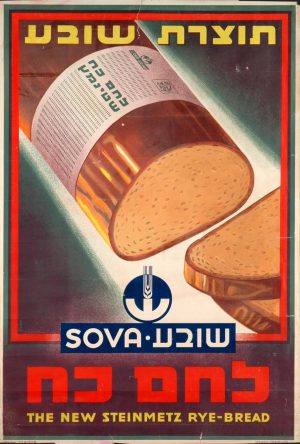

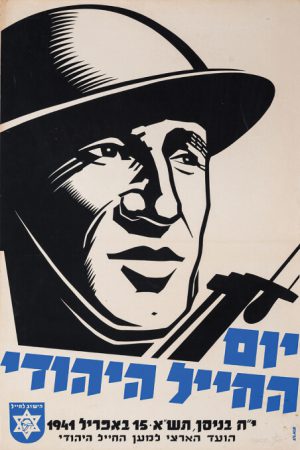
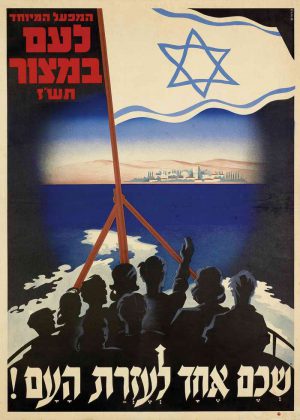


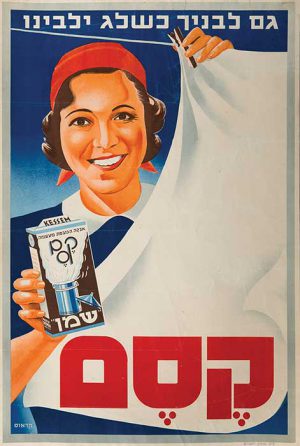



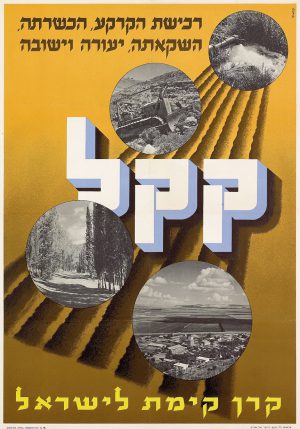
Sorry, the comment form is closed at this time.